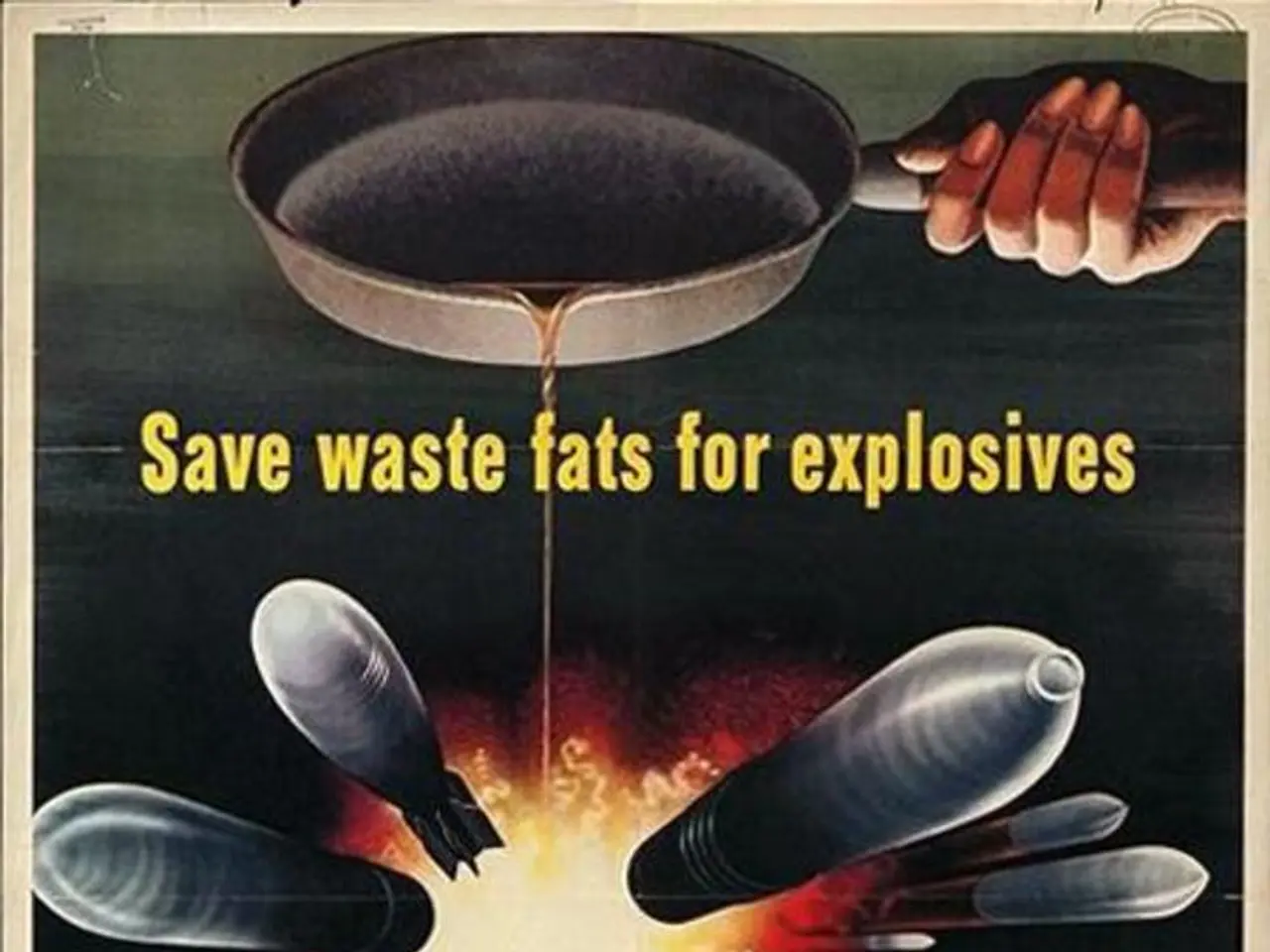In the blink of an eye, amidst chaos and even beyond the grasp of mortality.
In the turbulent years following World War II, a group of brave individuals dared to document history's most devastating events. These were the atomic bomb test cinematographers, who, in the 1950s and 1960s, braved extreme hazards and dangerous environments to capture the detonations of nuclear blasts or their simulations.
Their work was a highly specialized profession, requiring technical skill and bravery beyond the ordinary. Cinematographers used robust film cameras, often placed in remote or hardened locations such as towers or underground bunkers, to record the explosions. Due to the intense radiation and fallout, crews were typically limited in time and proximity to tests and wore protective gear, though this was not always sufficient by today’s safety standards.
One of the most harrowing aspects of their job was flying directly into the smoky, already cooled but still nuclear hell to take measurements. On June 16, 1945, a nuclear bomb called Trinity was detonated 60 miles from Alamogordo, New Mexico. Dosimetrists on board the accompanying laboratory aircraft measured radiation, initially five kilometers from the nuclear cloud, then as they approached it.
The aircraft used for these shoots were impressive, solemn "brides," painted with white titanium dioxide-based paint to maximize light reflection of the blast and its thermal effect. The winged giant, the "bomber" carrying the nuclear device, would drop it at the designated point. Operators shot the detonation from considerable distances or protected positions, but they nonetheless faced high risks.
The detonation created a blinding flash, a million-degree sphere, and a giant "mushroom" cloud that swept everything around it. Despite the danger, operators shot the event with three lenses on a turret, through a 50x60 cm porthole cut into the fuselage of the aircraft.
In the early years of atomic testing, operators often worked without any radiation protection. However, as the risks became more apparent, safety measures were implemented. Movie crews worked in regular clothes, which were either processed in special "laundries" or discarded. Red wine was discovered to have the property of removing radionuclides from the body, and operators began to consume it enthusiastically.
Modern recreations of the 1945 Trinity nuclear test, such as in Christopher Nolan’s 2023 film Oppenheimer, used practical effects and models to replicate the blast because detonating an actual atomic bomb for filming is impossible and extremely dangerous. The original Trinity test had photographers positioned on steel towers near the blast site despite the extreme hazards.
The danger was compounded by the planes tipping effect under strong shock waves and potential damage from falling debris. Despite these challenges, operators never got to see the footage they shot, despite requests to see and analyze it.
The general hazards of nuclear test-related work were severe due to high radiation doses, limited protective technology at the time, and the intense physical effects of nuclear detonations. Many personnel involved in testing suffered long-term health consequences, including PTSD and radiation sickness, reflecting the dangers present even away from the actual blast.
On August 5, 1963, the USSR, USA, and UK signed the Treaty on the Prohibition of Nuclear Weapon Tests in the Atmosphere, Under Water and in Outer Space, beginning the deactivation of "atomic" operators. Some "nuclear" films (no more than a hundred) had their classification removed, and now anyone can see them. The other 7-8 thousand films remain classified to this day.
Though direct documentation on individual atomic bomb test cinematographers from that era is sparse, related information helps contextualize the risk and technical complexity these filmmakers faced. Cinematographers like Philip Grossman, involved in nuclear disaster and post-incident zones (e.g., Chernobyl), describe their work as adventurous and dangerous, involving navigation of radiation risks, fragile infrastructures, and requiring engineering knowledge to assess hazards while capturing footage. Though Grossman’s work is decades later, it illustrates the type of risks and conditions experienced by atomic test cinematographers in earlier eras.
In summary, atomic bomb testing cinematographers of the 1950s and 1960s operated in highly dangerous conditions involving exposure to radiation, blasts, and fallout. Their work required technical skill, bravery, and often resulted in long-term health risks due to the limited safety measures of the time. Humanity entered a new era of development following these events, but the legacy of the atomic bomb test cinematographers serves as a stark reminder of the dangers and sacrifices made in the pursuit of knowledge and progress.
- The field of science, particularly space-and-astronomy, would benefit from the technical expertise and bravery demonstrated by atomic bomb test cinematographers, as they dealt with complex environmental hazards and cutting-edge equipment.
- Despite the risks and dangers associated with medical-conditions such as radiation sickness and PTSD, political leaders and military officials have been compelled to address these issues due to the examples set by the brave atomic bomb test cinematographers.
- General news outlets could shed light on the lasting impact of war-and-conflicts, by highlighting the stories of the atomic bomb test cinematographers, who braved extreme conditions to document the destructive power of nuclear weapons.







